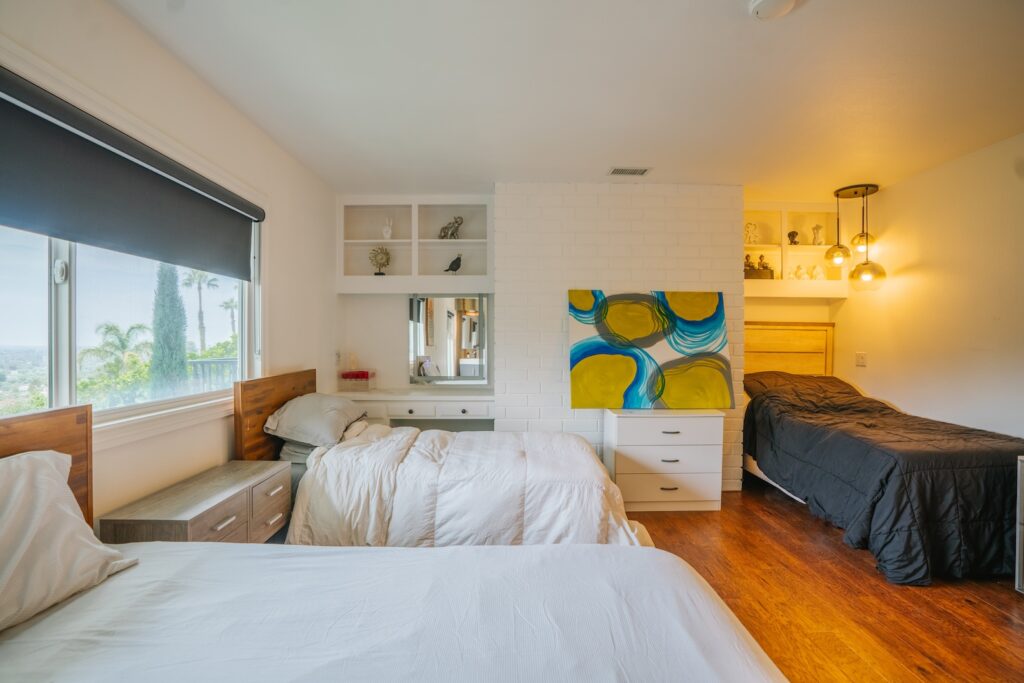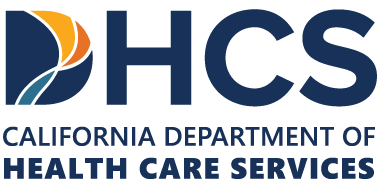Sober Living in Orange County, California
Related Pages
Moving into a sober living home can be a transformative step toward addressing a drug or alcohol addiction or maintaining sobriety. But what is a sober living home, and is it the right solution for you? Read on to find out more.

What is Residential Sober Living?
As the name suggests, sober living facilities, or halfway houses, are residences people can move into while receiving outpatient treatment for an alcohol or drug addiction – or after they have completed inpatient or outpatient treatment. The idea is that by living in an environment where others are dealing with similar issues and working toward similar outcomes, someone in a sober living home will have an easier time breaking the cycle of addiction.
The length of stay in a sober living facility is determined on a case-by-case basis. Some people may only need to stay for a month while others will need to stay for a year or longer. The Grove Recovery can help you find a sober living in Santa Ana that meets your needs.
Types of Sober Living Homes
Sober living homes, also known as transitional living facilities, vary in their structure, rules, and target populations. There are several options for sober living in Orange County, including:
Standard Sober Living Homes
These are general-purpose residences for individuals recovering from addiction. They typically have rules about maintaining sobriety, attending support group meetings, and contributing to the household through chores or rent.
Gender-Specific Sober Living Homes
Some residences cater exclusively to men or women. Gender-specific environments can provide a sense of safety and focus on gender-specific issues in recovery.
Age-Specific Sober Living Homes
Some sober living homes may cater to specific age groups, such as teen sober living homes. Age-specific homes can provide residents with peers who are facing similar life challenges and experiences.
12-Step Sober Living Homes
These homes may offer additional services such as counseling, life skills training, vocational training, or educational support to help residents build a strong foundation for recovery.
Dual Diagnosis Sober Living Homes
Some sober living homes specialize in supporting individuals with co-occurring mental health disorders and substance abuse issues. These homes may provide access to mental health professionals or support groups to address both conditions simultaneously.
Court-Mandated Sober Living Homes
In some cases, individuals may be required by the court to reside in a sober living home as part of their probation or as an alternative to incarceration. These homes often have specific guidelines and may offer services tailored to meet legal requirements.
Supportive Housing for Specific Populations
There are sober living homes designed to support specific populations, such as veterans, LGBTQ+ individuals, or individuals with chronic illnesses. These homes may offer specialized services and support networks tailored to the unique needs of their residents.
Luxury Sober Living Homes
These facilities offer upscale accommodations and amenities such as private rooms, gourmet meals, recreational facilities, and spa services. They cater to individuals who seek a high level of comfort and privacy during their recovery journey.
It’s essential for individuals seeking sober living arrangements to research and find a facility that aligns with their specific needs and preferences. Additionally, it’s advisable to inquire about accreditation, staff qualifications, and success rates when considering a sober living home. Sober living homes may vary in terms of cost, amenities, rules, and regulations, and you can find all of these options for sober living in Santa Ana.
What Is It Like in a Sober Living Home in Orange County?
In a sober living in Orange County, you’ll find a supportive environment focused on recovery. Residents abide by structured routines, attend therapy sessions, and participate in group activities. Expect a sense of community and accountability as you navigate sobriety together. Rules regarding curfews, drug testing, and chores foster responsibility and independence. Many homes offer amenities like shared living spaces, recreational facilities, and access to nearby support groups. Overall, it’s a space where individuals committed to sobriety can find encouragement, guidance, and the tools necessary to rebuild their lives.
Benefits of Sober Living
Choosing a sober living in Orange County can be a beneficial part of your recovery journey. Some of the benefits include:
- Structured Environment: Provides a structured daily routine that helps individuals establish healthy habits and routines.
- Peer Support: Offers a supportive community of peers who understand the challenges of recovery and provide encouragement and accountability.
- Safe Environment: Creates a drug and alcohol-free living space where individuals can focus on their recovery without external triggers.
- Transitional Support: Serves as a transitional step between inpatient treatment or rehab and independent living, helping individuals adjust to sober life gradually.
- Life Skills Development: Teaches essential life skills such as budgeting, cooking, job searching, and time management to promote independence and self-sufficiency.
- Access to Resources: Provides access to therapy, support groups, and other resources to aid in the recovery process.
- Long-Term Sobriety: Increases the likelihood of long-term sobriety by offering ongoing support and guidance in a structured environment.
- Accountability: Encourages accountability through house rules, regular drug testing, and communal responsibilities.
- Mental and Emotional Well-Being: Promotes mental and emotional well-being through therapy, counseling, and peer support, helping individuals address underlying issues contributing to addiction.
- Sense of Community: Fosters a sense of belonging and camaraderie among residents, reducing feelings of isolation and loneliness often experienced during early recovery.
Is Sober Living the Right Program for Me?
Sober living is beneficial if you require a structured environment post-rehab or need additional support transitioning to independent living. It provides accountability, peer support, and access to resources crucial for maintaining sobriety. If you struggle with triggers in your current environment or lack a supportive home environment, sober living can offer a safe space to focus on recovery.
However, if you feel confident in your ability to stay sober without additional support or prefer a different approach to recovery, such as outpatient therapy or support groups, sober living might not be necessary. Consider your current stage of recovery, support system, and individual needs when deciding whether to attend sober living. Ultimately, you can assess your unique circumstances and consult with a professional to determine if sober living aligns with your goals and needs.
Sober Living in Orange County, California with The Grove Recovery
Whether you have questions about sober living in Santa Ana or are ready to find the sober living arrangement that works for you, The Grove Recovery in Santa Ana, Orange County can help you find the resources you need. Get in touch with us today to learn more about sober living.
Frequently Asked Questions (FAQs) About Sober Living
How does sober living differ from other forms of addiction treatment?
Sober living is often seen as a step between residential treatment or rehab and fully independent living. While rehab typically offers intensive therapy and medical support, sober living provides a more gradual transition to everyday life, with a focus on accountability, peer support, and developing life skills.
How long do people typically stay in sober living?
This varies on a case-by-case basis. Some residents may stay for a few months while others may choose to stay longer to further solidify their recovery and build a stronger foundation for independent living.
When can I move into a sober living home?
Sober living homes typically serve as a transition point between long-term rehab and normal life. So, most people who enter sober living facilities have already finished a rehab program, but that’s not always the case. For example, depending on what your rehab program entails, you may be able to move into a sober living house while receiving long-term outpatient care.
What are the rules at sober living facilities?
The rules of sober living facilities can vary based on location, whether a facility is coed, the number of residents, and other factors. Alcohol and drugs are not allowed. Medical supplies and other personal care items may be inspected to make sure no prohibited items are being used in the facility. How certain rules are enforced depends on the protocols at each facility, so it’s important to ask questions about that while you’re comparing sober living homes.
 Skip to content
Skip to content



